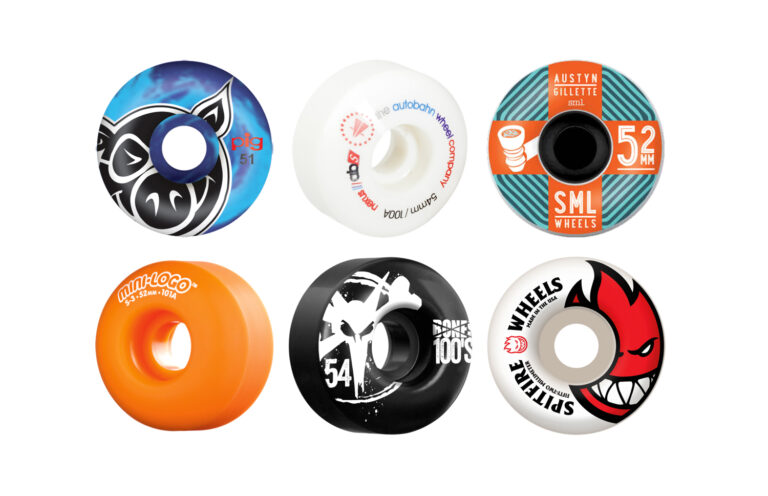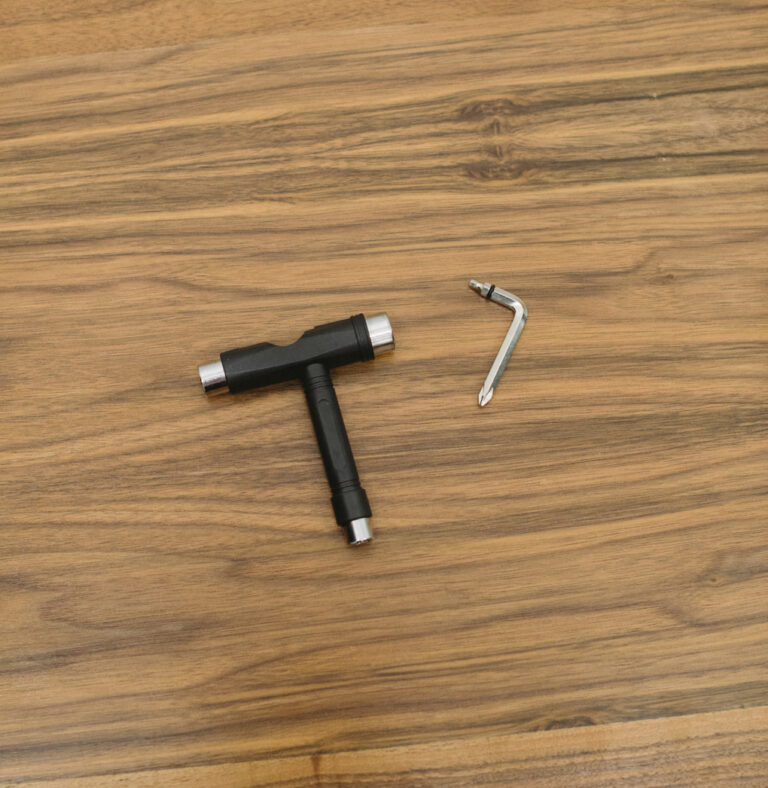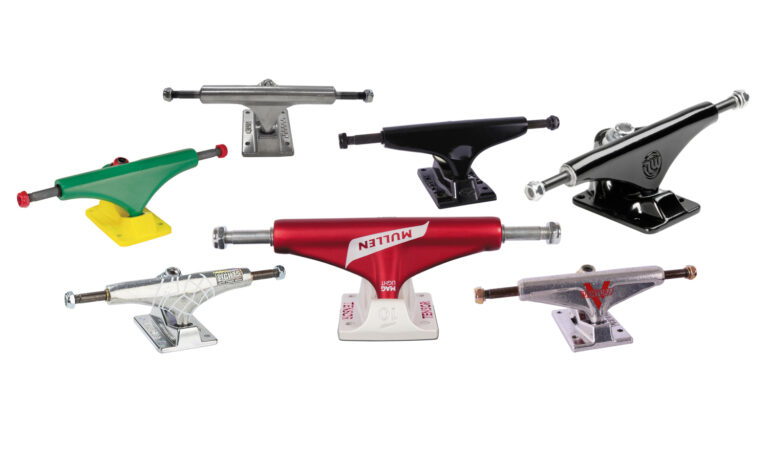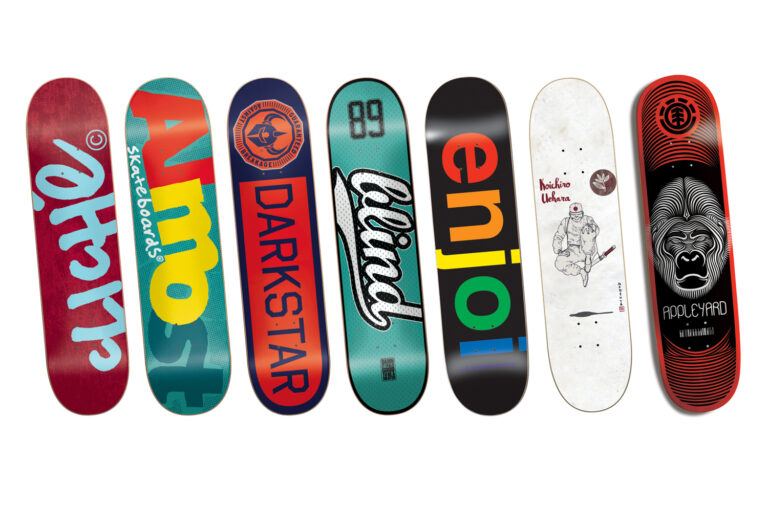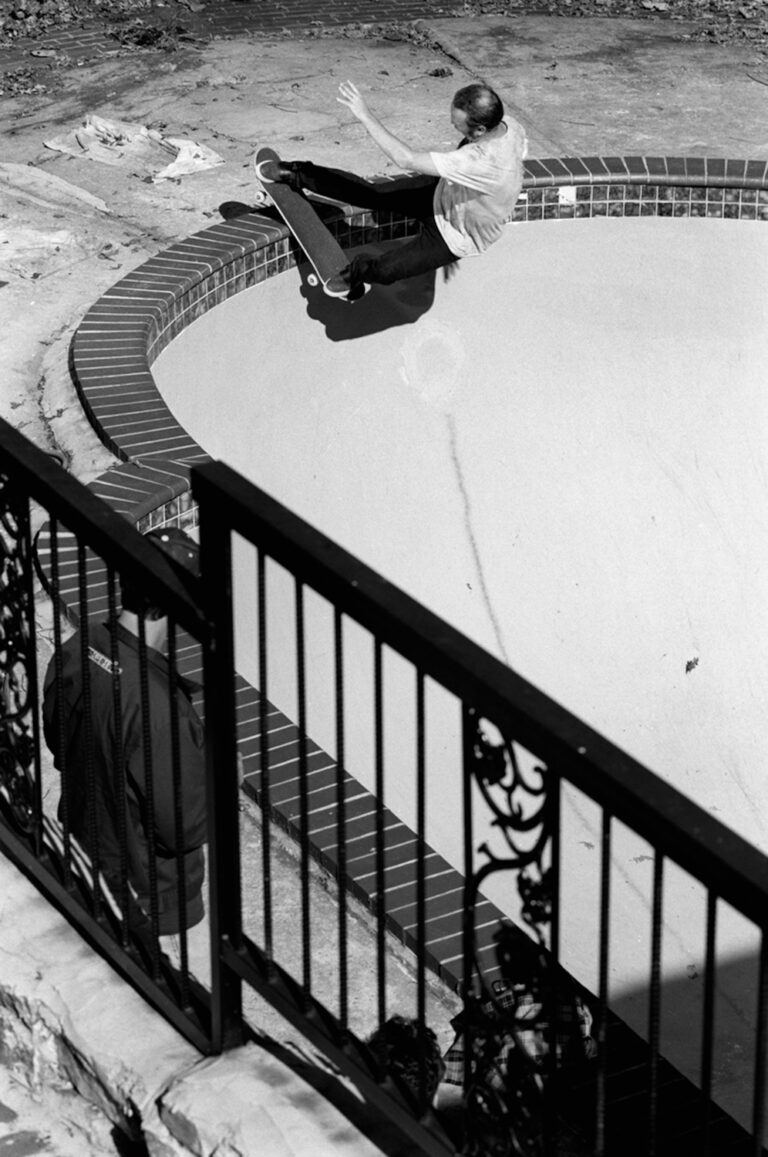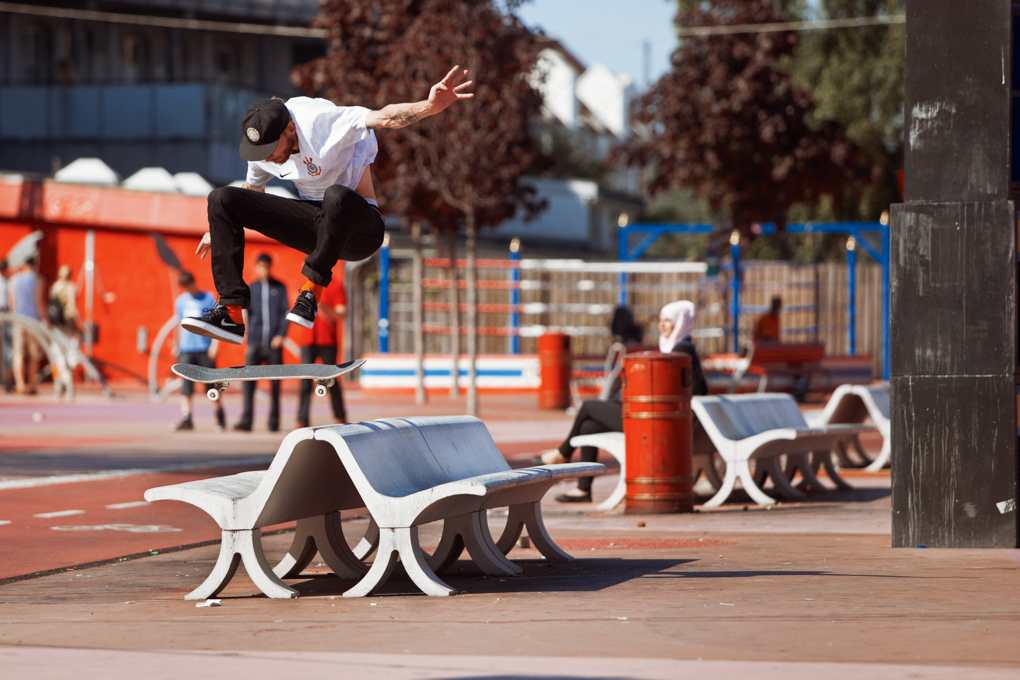
Deciding where and what you skate will usually be determined by where you live. If you’re looking for skate spots, it’s worth giving these a try…
From Sidewalk Basics – Autumn 2013
STREETStreet skating is the most accessible and varied type of skateboarding there is: all you have to do is open your door and the world is your oyster. Empty car parks, that hill by your house, the local industrial estate; literally anything you come across can be your personal playground.
Street skating is all about adventure and exploring, and once you’ve built up your basic trick-bag even the lowliest spot can become your very own Love Park or MACBA.
There are certain things to take into consideration when street skating however, and the first and most important one of these is safety. Never skate on busy roads, and only session car parks and industrial estates when they are closed. Security can sometimes be an issue too, especially if you are skating on private property. Use your common sense: don’t try to skate in public areas when they are too busy, be polite and courteous to those around you and if you’re asked to leave just move along, there’s always another spot around the corner.
INDOOR SKATEPARKS Living in Britain means that you will spend at least half of your skateboarding life indoors thanks to our dreadful weather. Luckily these days there are plenty of decent indoor skateparks to keep you hyped during those winter months.
Living in Britain means that you will spend at least half of your skateboarding life indoors thanks to our dreadful weather. Luckily these days there are plenty of decent indoor skateparks to keep you hyped during those winter months.
The majority of indoor skateparks in the UK are made from wood, although there are also a couple boasting indoor concrete bowls. Due to the nature of our climate indoor skateparks also tend to be the place where most of the major skateboarding events and contests take place – these events are a great place to meet new friends and to see the best skaters in the country ripping. Most indoor skateparks run membership schemes that you will need to join up to in order to get discounted entry and various other benefits.
It’s also important to pay attention and be aware when you are skating in a busy skatepark, especially as a beginner. Make a note of places where lines cross and try not to get in the way of other skaters. Most decent sized skateparks will also offer beginners only sessions and/or skate tuition to help you master the basics.
These places will eventually become your second home during the winter so take advantage and have fun.
OUTDOOR SKATEPARKSConcrete skateparks are the original skateboarding terrain that first gave birth to skateboarding as a mass activity back in the 1970’s. Back then the bowls and transitions of the skateparks were built to mimic the backyard pools of California where the pioneers of modern skateboarding first invented most of the basic transition moves done today. When the 1970’s skateboarding boom crashed, the vast majority of the original concrete skateparks were demolished, leaving only a few notable ones still intact. Harrow, Romford, Southsea and Livingston are the four main concrete skateparks that have survived since that original era and are all well and truly worthy of a visit once you’ve mastered the basics. Know your history.
Since the last big boom of the early 2000’s the UK has seen an explosion of concrete skatepark construction even bigger than that of the 1970’s and there are now literally hundreds of amazing concrete parks dotted around the country. The influence of street skating has mixed with the original idea of bowls and pools and now Britain boasts some of the most interesting and up-to-date parks and plazas in the world. It is truly an amazing time to be getting into skateboarding.
As with indoor parks, skatepark etiquette is very important when you are skating at a concrete park. Always pay attention to the other skaters in the park and try to make a note of the lines so you don’t end up standing in the wrong place. Don’t sit down on the obstacles either; this is the number one no-no, as you will end up annoying other users and/or getting hurt. Concrete parks can be dangerous places, especially as a beginner, as concrete is a lot harder to fall on than wood. Don’t be afraid to wear your safety equipment until you feel comfortable – we were all beginners once!
VERTICAL TERRAIN This is the biggest, scariest and most difficult of all skateboard terrain and also the most rewarding for those who have the nerve and the commitment to learn.
This is the biggest, scariest and most difficult of all skateboard terrain and also the most rewarding for those who have the nerve and the commitment to learn.
Not all indoor skateparks house vert ramps and not all concrete skateparks have bowls which extend to vert but there are a handful of really good ones out there, you just need to be prepared to travel to skate them. The term ‘vert’ relates to the steepness of the transition – only ramps/transitions that actually reach vertical at the apex of the transition can genuinely be referred to as ‘vert’.
All of the mini ramp tricks explained in this Guide can be taken to vert but don’t expect your learning to be as fast as on smaller transitions. Vert skating is very scary and very, very difficult to begin with. Mastering the basics before attempting anything else is the most important thing here – so don’t try to run before you can walk. One thing worth remembering though is the buzz that vert skating can give you is like nothing else in skateboarding – you will go faster, longer and higher than on any other type of terrain.
The other crucial thing to remember when it comes to vertical skateboarding is that because of the size of the ramps and the speed involved: full pads and a helmet are compulsory at all skateparks. There are no exceptions to this rule as a bad slam on a vert ramp can have serious consequences. Pad up and get involved.

